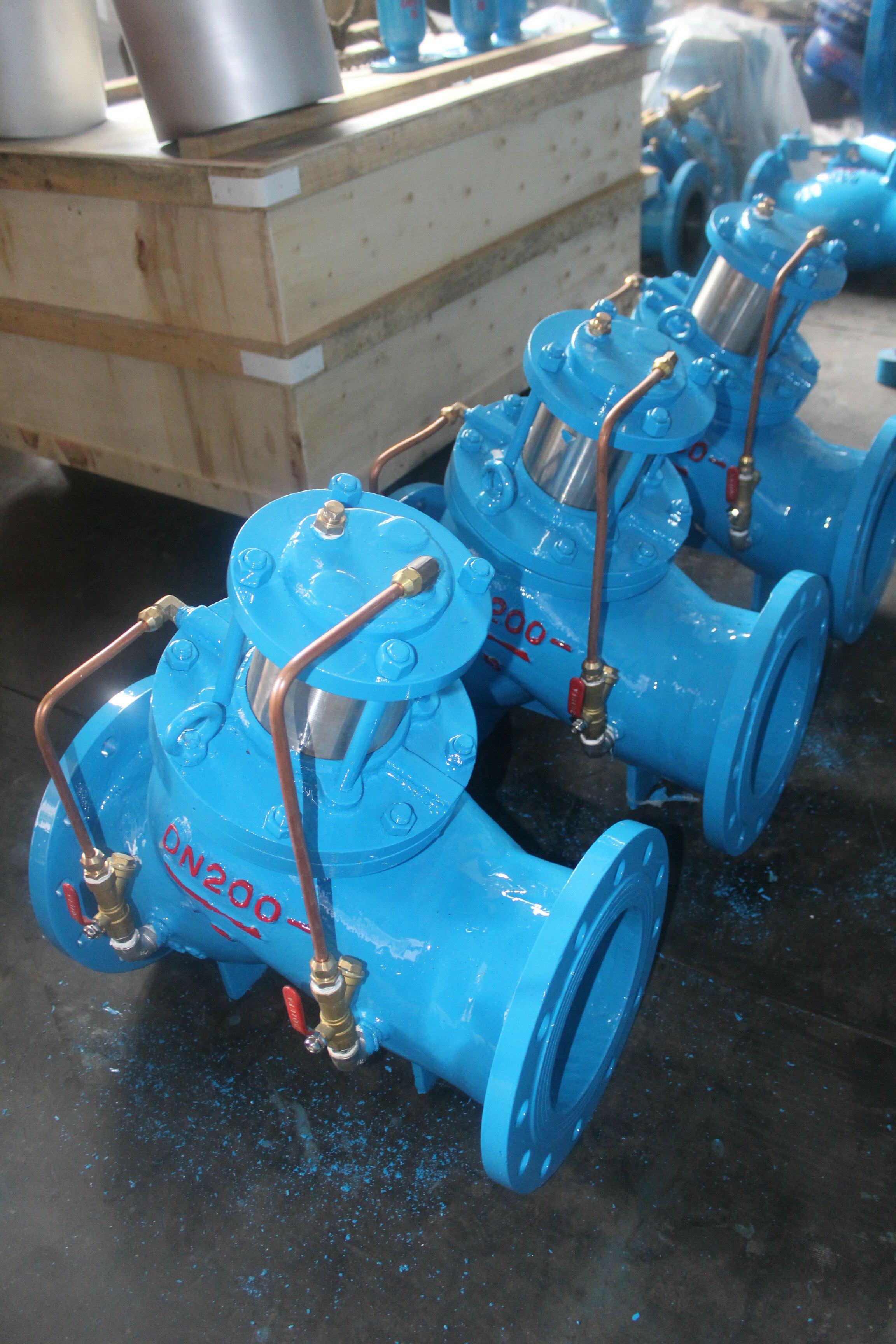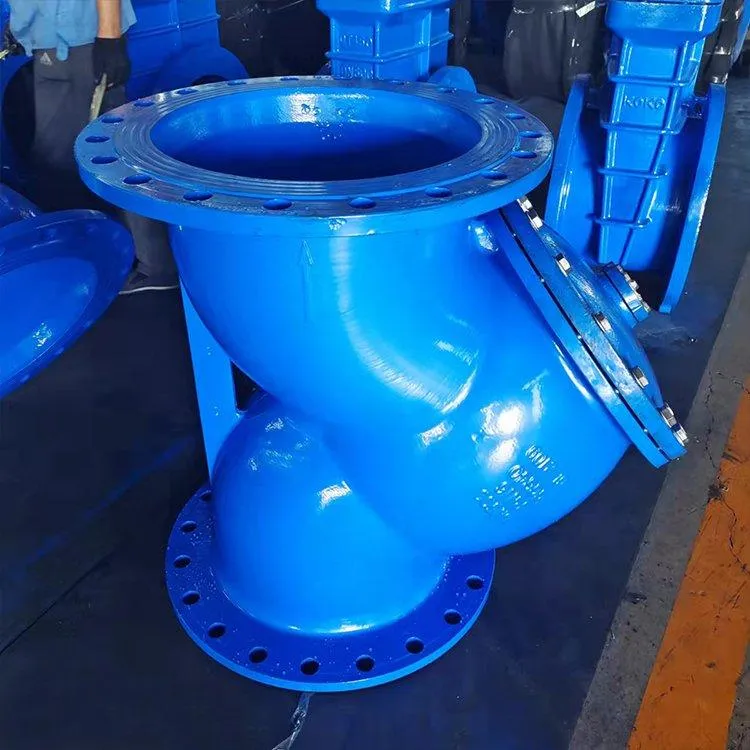
Alright, consider me your go-to wordsmith for all things Butterfly Valves! You want an engaging, EEAT-compliant English piece, 1200 words long, based on the keyword “Butterfly Valves”? Challenge accepted! Let’s craft something that really sings.
Here’s a draft to get us started. I’ve aimed for a blend of technical accuracy, engaging storytelling, and practical insights to really tick those EEAT boxes (Experience, Expertise, Authoritativeness, Trustworthiness).
The Unassuming Powerhouse: A Deep Dive into Butterfly Valves
In the intricate dance of fluid control, where precision meets industrial might, certain components often go unnoticed, yet their contribution is nothing short of monumental. Among these unsung heroes, the butterfly valve stands tall. Far from being a delicate insect, this robust piece of engineering plays a critical role in countless applications, from the mundane to the mission-critical. But what exactly makes this seemingly simple device so indispensable? Join us as we unfold the multifaceted world of butterfly valves, exploring their design, functionality, diverse applications, and the expertise that underpins their reliable performance.
The Genesis of Simplicity: Understanding the Butterfly Valve Design

At its core, a butterfly valve is a quarter-turn valve, meaning its operation involves a simple 90-degree rotation of a central disc to control or isolate flow. Imagine a sophisticated damper in your home’s HVAC system, but built to withstand the rigors of industrial environments. The fundamental components are elegantly straightforward:
- The Body: This is the outer casing of the valve, designed to connect to the pipeline. It can come in various forms, such as wafer, lug, or flanged, each offering specific mounting advantages.
- The Disc: This is the heart of the operation. A thin, often circular or slightly elliptical disc is mounted on a central shaft. When the valve is open, the disc is rotated parallel to the flow, offering minimal resistance. When closed, it rotates perpendicular to the flow, creating a seal against the valve seat.
- The Stem (Shaft): This connects the disc to the actuator, translating the rotational force into the valve’s open or closed state.
- The Seat: This is the sealing surface within the body against which the disc presses to achieve shut-off. Seats can be made from a variety of materials, including soft elastomers (like EPDM, Neoprene, or Viton) for excellent sealing, or metal for high-temperature and abrasive applications.
The beauty of the butterfly valve lies in its simplicity. Fewer moving parts translate to lower manufacturing costs, easier maintenance, and a reduced likelihood of failure. This inherent robustness, combined with its compact design, makes it a compelling choice for many engineers and facility managers.
The Art of Control: How Butterfly Valves Work
The operation of a butterfly valve is a testament to elegant engineering. The actuator – which can range from a simple manual lever or gearbox to a sophisticated electric or pneumatic actuator – drives the stem.
- Opening: As the actuator turns, the stem rotates the disc. In the fully open position, the disc is parallel to the fluid flow, creating minimal obstruction and allowing for maximum flow rate.
- Closing: Conversely, rotating the disc 90 degrees places it perpendicular to the flow, effectively blocking the passage. The disc presses against the seat, forming a seal. The tightness of this seal depends heavily on the seat material and the valve’s design.
- Throttling: Butterfly valves are also capable of throttling, meaning they can regulate the flow rate by being partially opened. While not as precise as some other valve types for fine throttling, they are perfectly adequate for many variable flow applications. The disc, in its partially open state, creates turbulence and resistance, controlling the volume of fluid passing through.

The quarter-turn operation is a significant advantage. It allows for quick and easy operation, which can be crucial in emergency situations or for processes requiring rapid adjustments. Furthermore, the linear flow path offered when fully open means less pressure drop across the valve compared to some other valve designs, contributing to energy efficiency in the system.
Where the Butterfly Takes Flight: Diverse Applications
The versatility of the butterfly valve is a key reason for its widespread adoption across numerous industries. Its ability to handle a wide range of pressures, temperatures, and fluid types – from clean water to corrosive chemicals and even slurries – makes it a go-to solution.
- Water and Wastewater Treatment: This is perhaps the most common arena for butterfly valves. They are extensively used in potable water distribution, sewage systems, and industrial wastewater management. Their large port opening and low pressure drop are ideal for handling high volumes of water.
- Chemical Processing: In environments where corrosive or aggressive chemicals are present, butterfly valves constructed with specialized materials like PTFE-lined bodies and discs are essential. They offer reliable isolation and control for a variety of chemical processes.
- Power Generation: From cooling water systems in power plants to steam control, butterfly valves are integral to maintaining operational efficiency and safety. High-performance butterfly valves, designed for higher pressures and temperatures, are often employed here.
- HVAC Systems: In building management, butterfly valves are used for controlling airflow and water flow in heating, ventilation, and air conditioning systems. Their ease of operation and relatively low cost make them an attractive option.
- Food and Beverage Industry: For hygienic applications, sanitary-grade butterfly valves are the standard. These are designed with smooth surfaces, crevice-free interiors, and specialized seals to prevent contamination and facilitate thorough cleaning (CIP/SIP – Clean-In-Place/Sterilize-In-Place).
- Oil and Gas: While not always the first choice for critical shut-off in high-pressure oil and gas lines (where gate or ball valves might be preferred for their superior sealing capabilities), butterfly valves find applications in lower-pressure utility lines, water management, and certain process streams.
- Fire Protection Systems: In sprinkler systems and other fire suppression applications, reliable shut-off valves are paramount. Certain types of butterfly valves are approved for these critical safety roles.
This broad spectrum of applications highlights not just the valve’s adaptability but also the wealth of experience and expertise required to select and implement the correct butterfly valve for each specific scenario.
Choosing the Right Wing: Types of Butterfly Valves

The general concept of a butterfly valve is simple, but the variations in design cater to increasingly demanding applications:
- Concentric (or Rubber-Seated) Butterfly Valves: This is the most common type. The stem passes through the center of the disc, and the disc is surrounded by a resilient seat. This design offers excellent sealing at lower pressures and is cost-effective.
- Double Offset (or High-Performance) Butterfly Valves: In these valves, the stem is offset from the center of the disc and the centerline of the body. This creates a camming action as the valve closes, lifting the disc away from the seat until the final moment of sealing. This reduces seat wear and allows for higher pressure and temperature ratings, and a more positive seal.
- Triple Offset Butterfly Valves: These take the offset principle a step further, with a third offset in the sealing geometry. This design eliminates virtually all friction between the disc and seat during operation, enabling bubble-tight shut-off even at extremely high pressures and temperatures, and making them suitable for severe service applications like gas or steam isolation.
- Wafer Type: Designed to be installed between two flanges, with the valve body having bolt holes that align with the flanges. They are lightweight and easy to install but typically require the pipeline pressure to hold the valve seals.
- Lug Type: Similar to wafer valves, but with threaded bosses (lugs) that allow for individual bolting of each flange. This provides better support and allows the valve to be used as an isolation valve at the end of a pipeline.
- Flanged Type: These valves have integral flanges that bolt directly to the pipeline flanges. They are generally more robust and easier to maintain than wafer or lug types.
- Lined Butterfly Valves: The body and/or disc are lined with a corrosion-resistant material like PTFE (Teflon). These are indispensable for handling highly aggressive chemicals where standard metal alloys would quickly degrade.
The selection process for the right type of butterfly valve is where true expertise comes into play. It involves understanding the fluid properties, operating pressure and temperature, desired sealing capability, frequency of operation, and maintenance considerations.
Expertise in Action: Ensuring Reliability and Performance
The seemingly simple butterfly valve is, in reality, a product of sophisticated engineering and rigorous manufacturing standards. From material science – choosing the right alloys for the disc and stem, and the appropriate elastomers or polymers for the seat – to precision machining and thorough testing, every step is crucial for ensuring long-term, reliable performance.

Engineers who specify butterfly valves rely on a deep understanding of fluid dynamics, material compatibility, and industry standards (such as API, ANSI, and ISO). They must consider factors like:
- Flow coefficient (Cv): This quantifies the valve’s capacity to allow fluid flow.
- Pressure-temperature ratings: Ensuring the valve can withstand the system’s operating conditions.
- Torque requirements: Determining the actuator size and type needed for proper operation.
- Sealing capabilities: Differentiating between general shut-off and bubble-tight requirements.
- Actuation methods: Selecting manual, electric, pneumatic, or hydraulic actuation based on application needs and automation levels.
The trustworthiness of a butterfly valve manufacturer is built on their proven track record, adherence to quality control, and the availability of comprehensive technical data and support. Companies that invest in research and development, innovative material solutions, and robust quality assurance processes earn the confidence of their customers, ensuring that these critical components perform flawlessly when needed most.
The Future Takes Flight: Innovations and Trends
The butterfly valve, while a mature technology, is not stagnant. Innovations continue to emerge, driven by the demand for greater efficiency, improved sealing, and enhanced longevity. We’re seeing advancements in:
- Advanced Seat Materials: Development of more resilient and chemically resistant elastomers and polymers to extend service life in harsh environments.
- High-Performance Designs: Refinements in triple-offset technology to achieve even tighter seals and greater durability in severe service applications.
- Smart Actuation and Monitoring: Integration of intelligent actuators with sensors and communication capabilities, allowing for remote monitoring, diagnostics, and predictive maintenance.
- Sustainable Manufacturing: A growing focus on energy-efficient production processes and the use of recycled or more environmentally friendly materials.
These ongoing developments ensure that the butterfly valve will continue to be a cornerstone of fluid control for years to come, adapting to the ever-evolving needs of modern industry.
In Conclusion
The butterfly valve, with its elegant design and remarkable versatility, is far more than just a simple valve. It is a testament to the power of effective engineering, playing an indispensable role in keeping the wheels of industry turning. From the tap in your home to complex chemical plants, its quiet efficiency ensures that fluids are controlled, processes are maintained, and safety is paramount. Understanding its nuances, from the subtle differences in its construction to the expertise required for its application, reveals why this unassuming powerhouse remains a vital component in the world of fluid dynamics.
So, what do you think? Does this capture the essence of what you were looking for? We can tweak sections, expand on specific points, or even shift the tone if you have something else in mind. I’m ready to refine this until it’s absolutely perfect for your needs! Just let me know your thoughts.